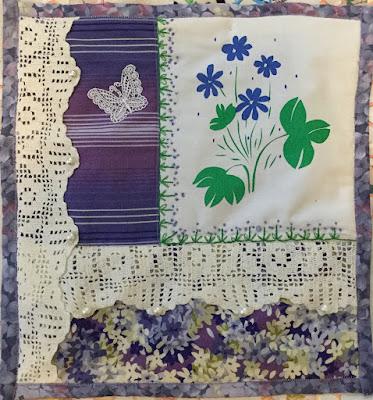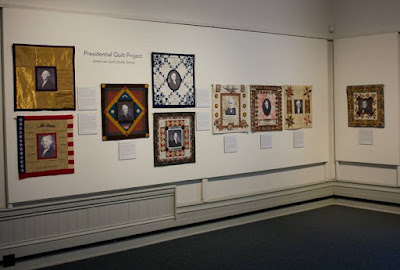
"In Emily Ruskovich's wizardly vision, Idaho is both a place and an emotional dimension. Haunted, haunting, her novel winds through time, braiding events and their consequences in the most unexpected and moving ways." -Andrea BarrettIf my Goodreads friends reviews were not enough, this comment by Andrea Barrett--whose books I enjoy--was the clincher, motivating my interest in reading it. When I finished Idaho I learned that Ruskovich had studied writing with two of my favorite writers, Marilynne Robinson and Ethan Canin.
The novel is a complicated, slow moving, intense story, delving into characters linked by love and horrific tragedy. The writing is gorgeous with no stock cliches. This is not a fast plot-driven read. It is not a happy story full of joy. It is about how people carry on living in the midst of pain.
Young marrieds Wade and Jenny had left the prairie to live on a mountain in Idaho, discovering later how isolated they were. They build a home from scratch, saved up for a plow so they could keep open the road going down the mountain in winter. They have two daughters and are happy.
Then Jenny killed their daughter May, for no apparent reason, in a thoughtless act. Wade hid their other daughter June in the forest to keep her safe, but when he returned for her she was gone, never to be found. Jenny is convicted to life in prison; she would have preferred death but remarked she should never again receive anything she wanted.
Early onset Alzheimer's disease runs in Wade's family; it caused his father's death when he wandered out and became lost in the snow. That does not stop school teacher Ann from falling in love with Wade and offering herself to be his caretaker. Wade has moments of clarity without memory, wanders off as his father did, and at times becomes dangerously violent. Wade has lost his daughters and memory of that loss, but the heartbreak of loss remains.
Ann once observed May giving a knife, made by Wade, to an older boy. She becomes obsessed with Wade's daughters and wife, the mystery of June's disappearance. The girls haunt the mountain and their home. Ann is also painfully aware of Jenny in prison.
Jenny's early self-destructive desire resolved into accepting her punishment as just. She finds the pain of scrubbing floors a soothing mortification. Without contact from the world, isolated within the prison of her own making, Jenny seeks nothing more from life. Until she decides to help her cellmate who has been banned from education classes; Jenny attends the classes, takes notes, and gives them to Elizabeth. Their friendship grows.
The story's ending is astonishing and moving and we discover Ann's power of love is truly redemptive.
Ruskovich joins the league of impressive first time published authors in 2016.
I received a free ebook from the publisher through NetGalley in exchange for a fair and unbiased review.
Idaho
Emily Ruckovich
Random House
Publication Date: January 3, 2017
$27 hard bound
ISBN: 9780812994049





































